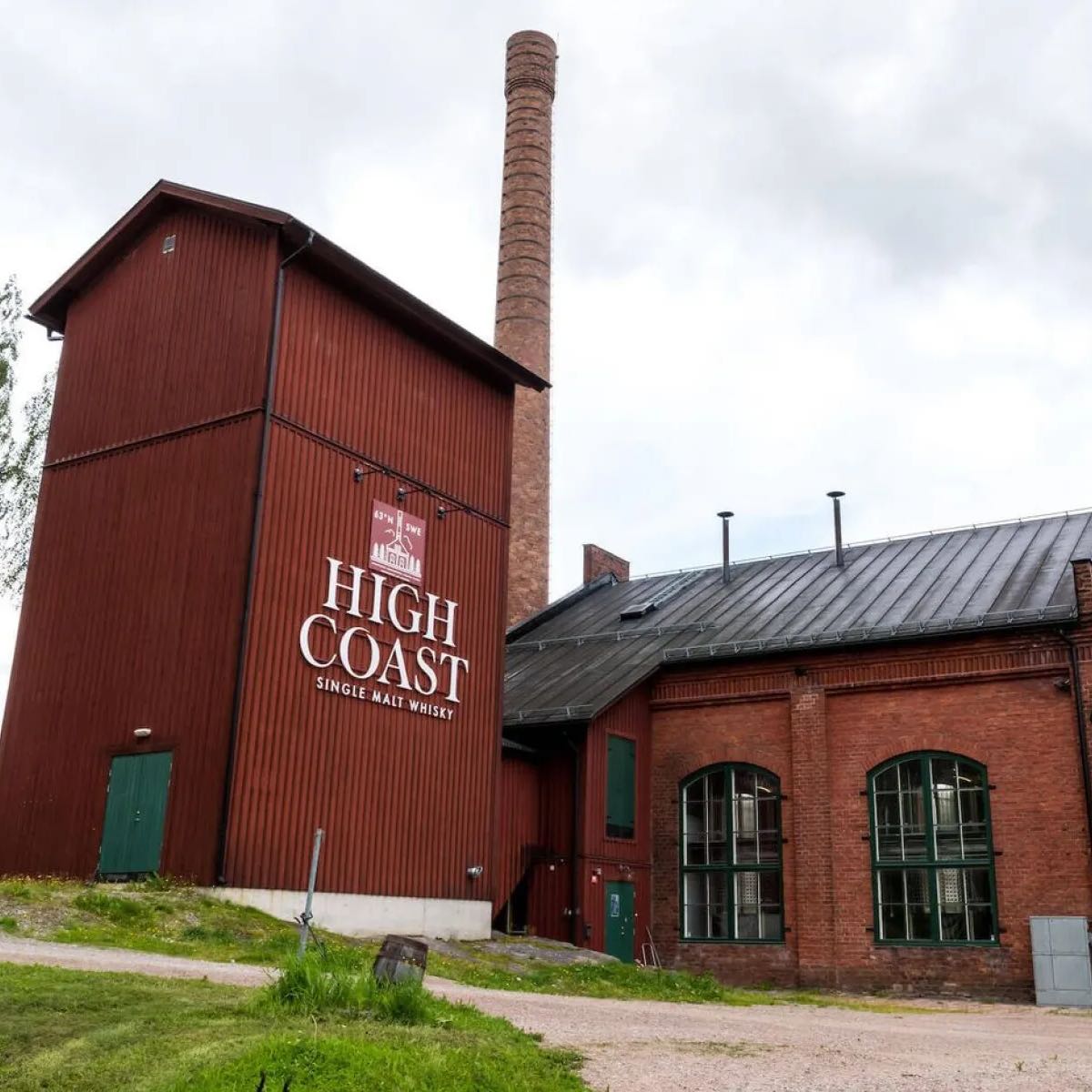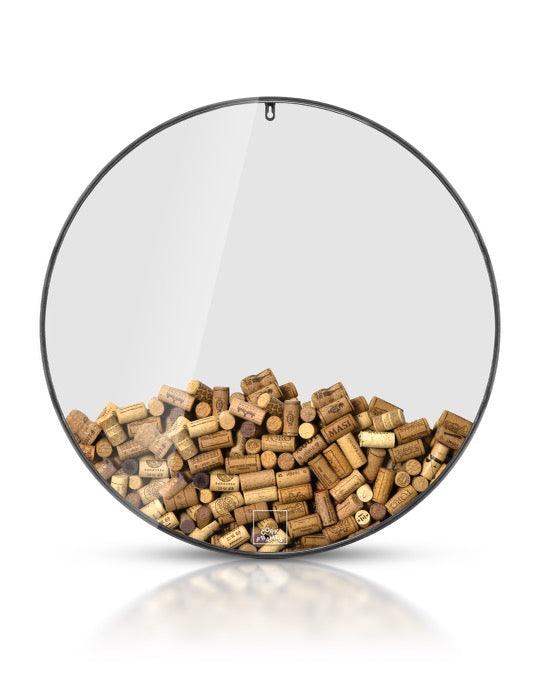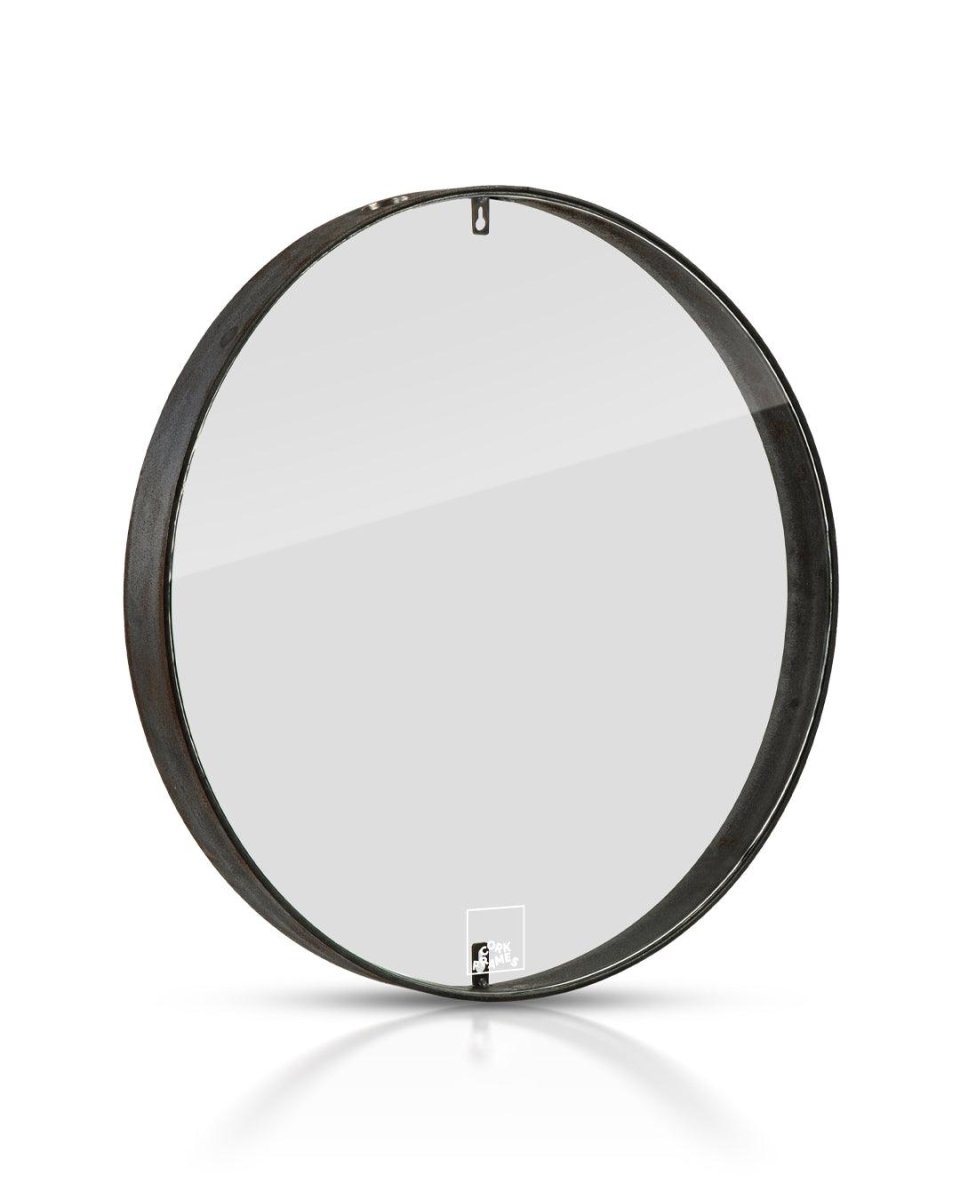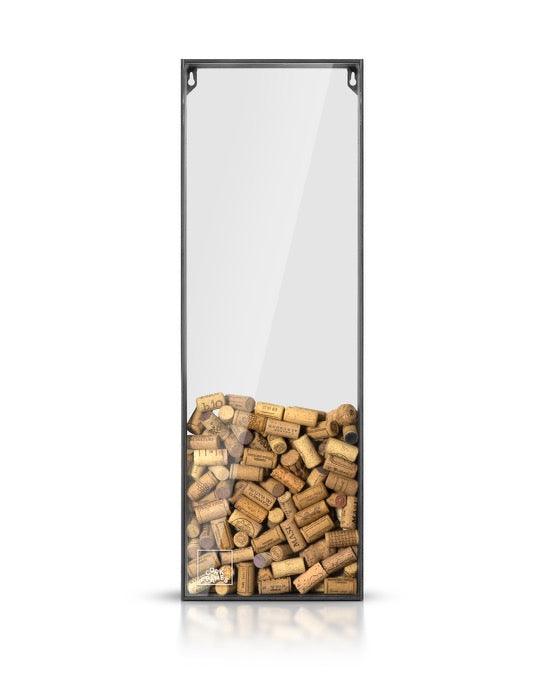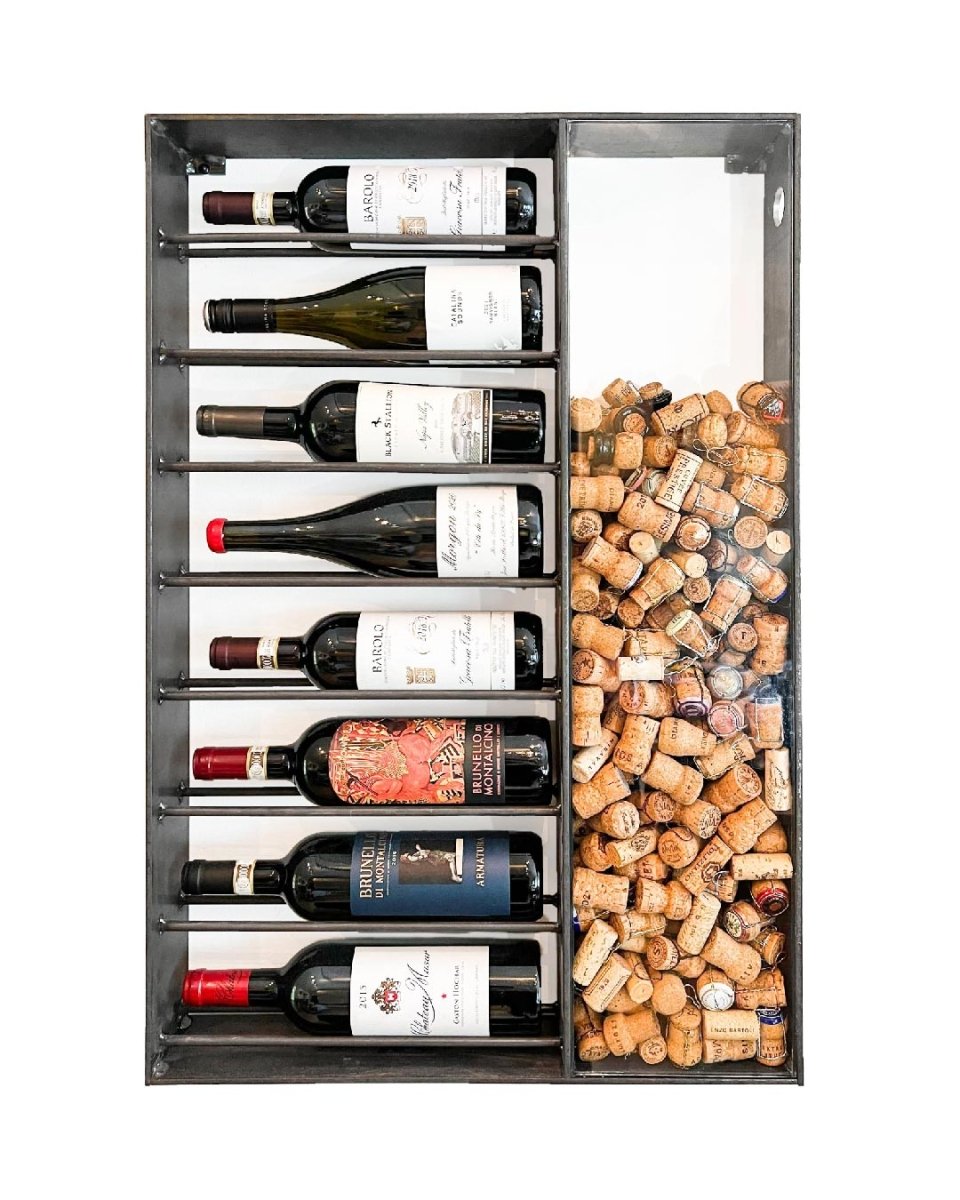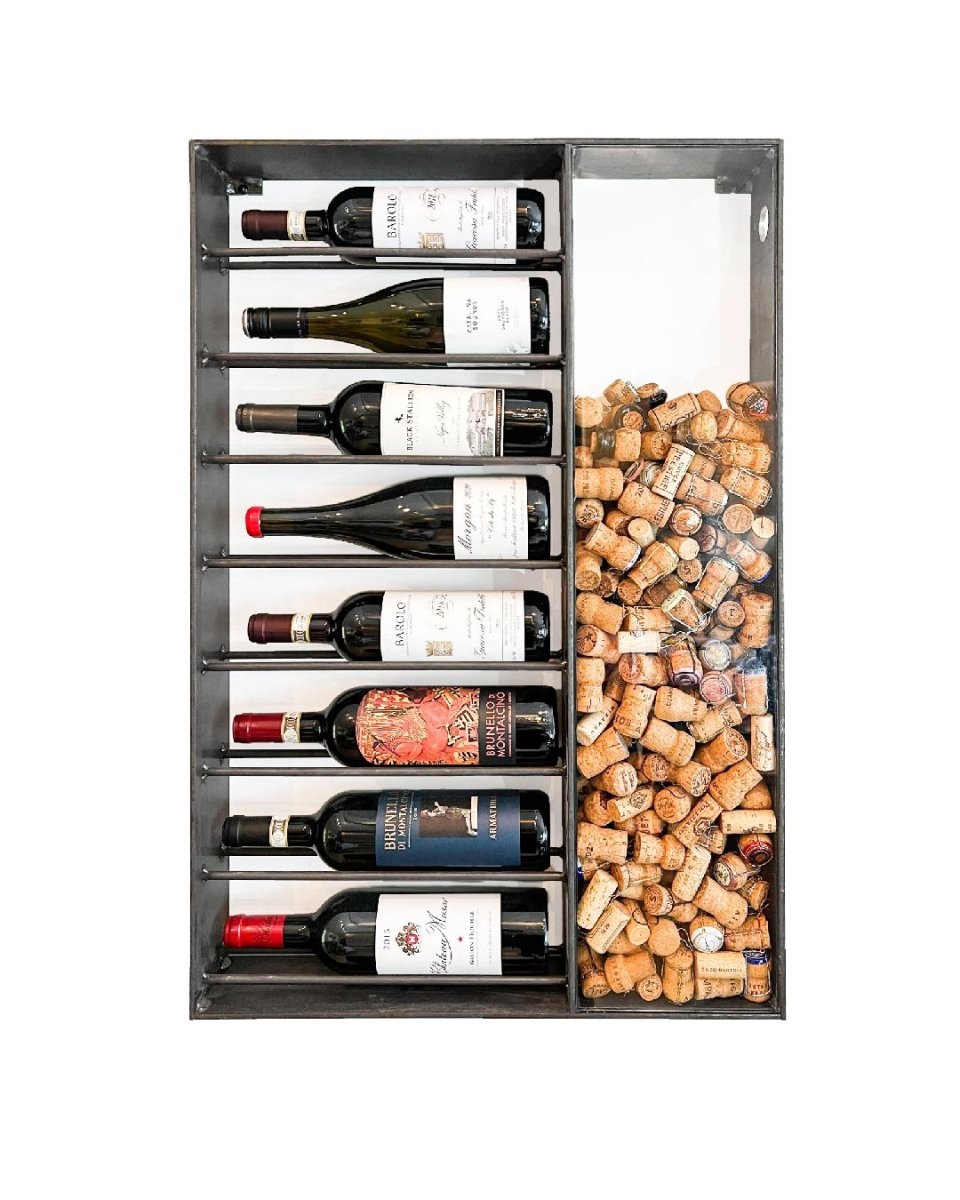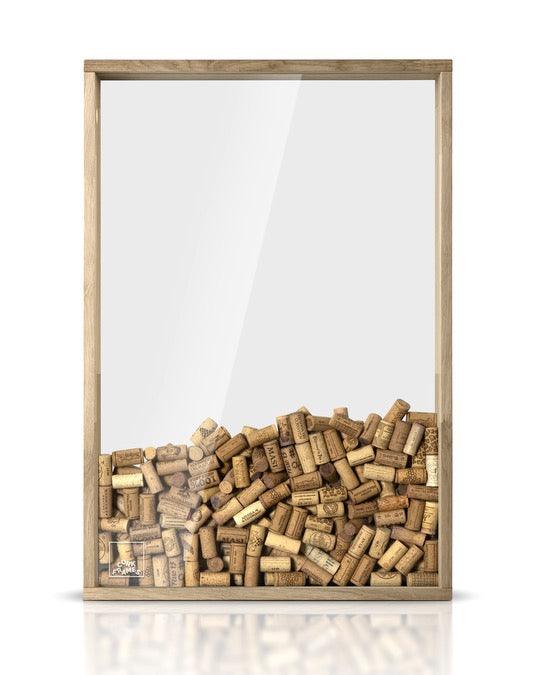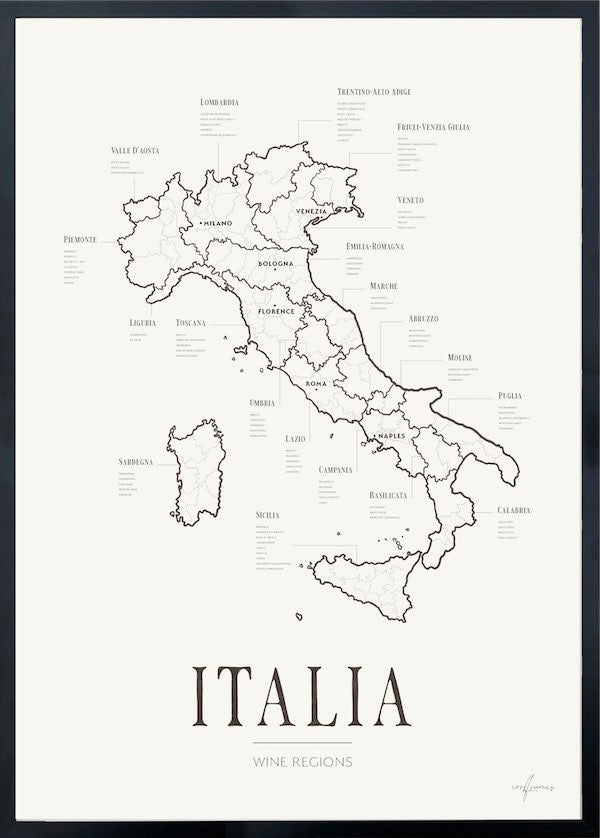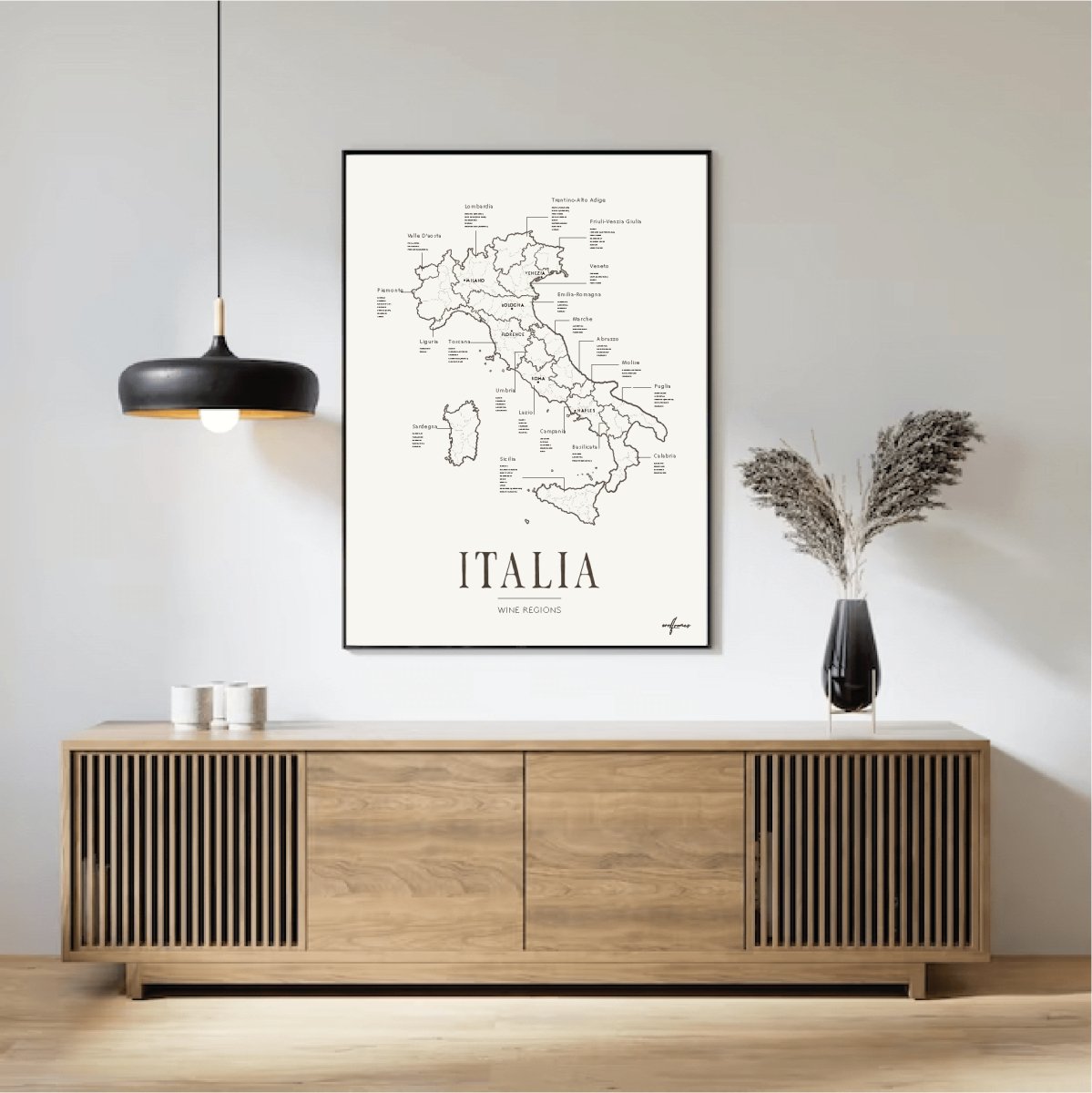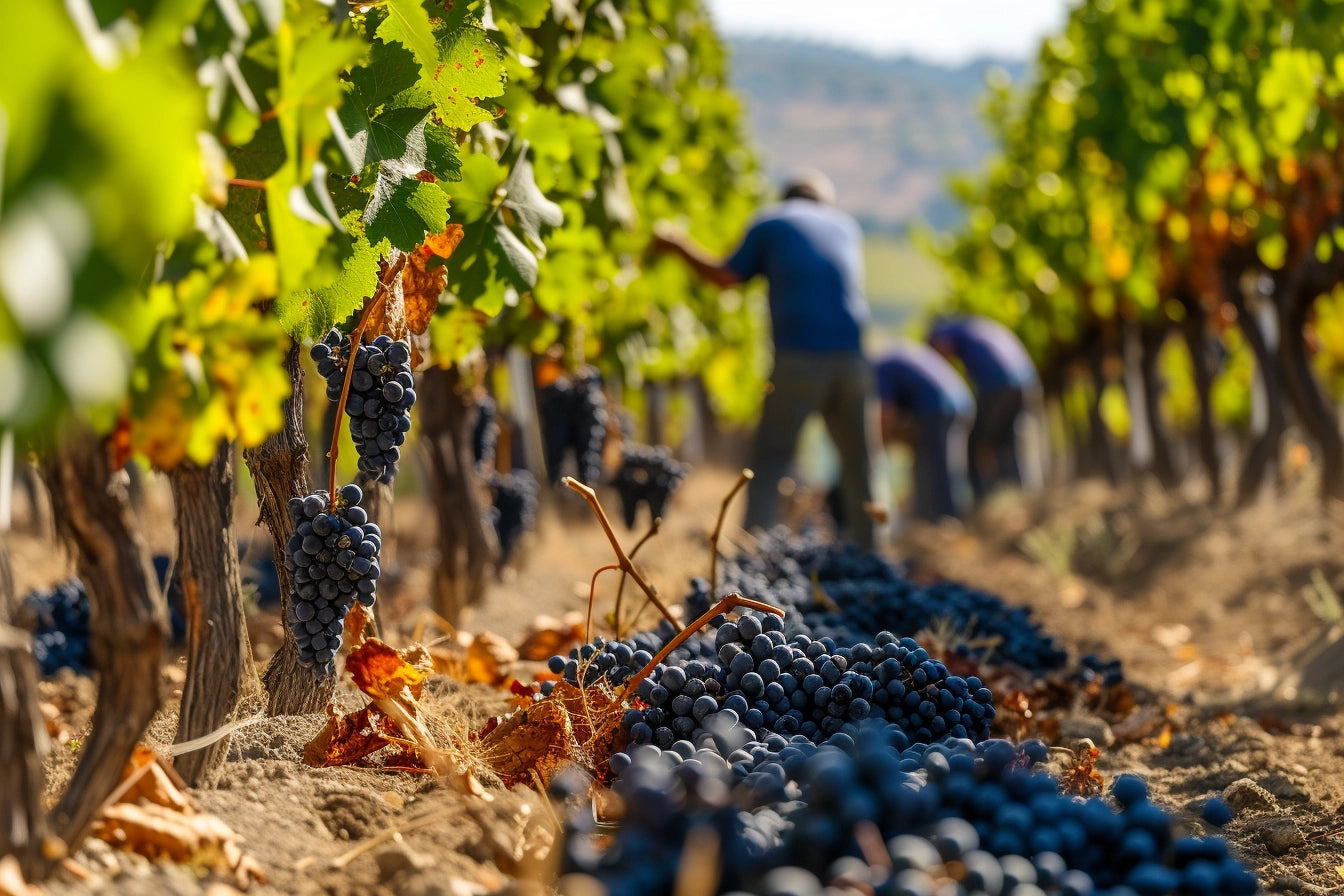Coffee is a drink that unites people worldwide, and for coffee lovers, it's not just the taste that is fascinating but also its origin and production. When it comes to coffee beans, two names dominate the global market: Arabica and Robusta. These two types of beans represent different flavors, cultivation conditions, and histories. But what exactly sets them apart?
Let’s dive deeper into the two giants of the coffee world.
Arabica – The Delicate Star
Arabica is the most cultivated and appreciated coffee bean globally, accounting for about 60–70% of global coffee production. Originating in Ethiopia, Arabica is believed to come from the wild forests of this coffee-loving nation. This bean is renowned for its mild and refined flavor, often carrying fruity or floral notes. It’s this complexity in taste that makes Arabica so beloved, especially among connoisseurs and coffee enthusiasts.
However, growing Arabica beans is no easy task. Arabica requires specific conditions to thrive, such as high altitudes, moderate climates, and rich soils. The region between the Tropic of Cancer and the Tropic of Capricorn – known as the "coffee belt" – is where the best Arabica coffees are grown. Countries like Ethiopia, Brazil, Colombia, and Guatemala lead in Arabica production. The delicate Arabica beans are prone to diseases and pests, making them more expensive to cultivate and trade.
In terms of flavor, Arabica is usually less bitter and has a subtle acidity that many describe as "lively." It’s common for Arabica to have a sweeter, smoother taste with complex aromas, including hints of fruit, nuts, chocolate, or even flowers. This bean also has a lower caffeine content than Robusta, contributing to its milder character.
Robusta – The Strong Challenger
While Arabica is the most widely grown bean, Robusta is a strong competitor, accounting for about 30–40% of the world’s coffee production. Native to West Africa, Robusta is now mainly grown in countries like Vietnam, Brazil, and Indonesia. Robusta trees are hardy and grow at lower altitudes, making them more resistant to diseases and climate changes. This resilience makes Robusta easier and cheaper to produce compared to Arabica.
Robusta beans have an entirely different flavor profile than Arabica. They offer a stronger, more bitter, and earthier taste with distinct nutty notes and a certain rawness often attributed to their higher caffeine content. In fact, Robusta contains almost twice as much caffeine as Arabica, contributing to its distinct and bold flavor. The higher caffeine content also acts as a natural insect repellent for the plants.
Because of its robust taste, Robusta is often used in espresso blends, where its bold character adds body and a rich crema – the golden foam that forms on top of a well-made espresso. Robusta is also popular in instant coffee, as its intense flavor holds up well through the processing required to make instant varieties.
Differences in Taste and Quality
When it comes to flavor, Arabica and Robusta are almost opposites. Arabica is more subtle and nuanced, with a light acidity and sweetness, while Robusta is bolder with a pronounced bitterness. In terms of quality, Arabica is generally considered to be the finer bean, reflected in its higher price on the market. Robusta is often used as a cheaper alternative, but in the right context, Robusta can offer a satisfying flavor experience.
Which is Better?
The question of which bean is better – Arabica or Robusta – largely comes down to personal preference. Those who enjoy a softer, more complex flavor tend to prefer Arabica. For those who want a stronger, more caffeine-rich kick, Robusta is the clear choice. In many cases, the two beans are blended to create coffee mixes that benefit from the elegance of Arabica and the strength of Robusta.
The Future of Arabica and Robusta
As climate change impacts coffee farming globally, both Arabica and Robusta face significant challenges. Arabica, with its specific growing requirements, is particularly vulnerable to changing climates and diseases. Robusta, on the other hand, is more resilient and may play a larger role in the future as coffee producers seek more sustainable and robust crops.
Whether you’re a connoisseur who loves Arabica’s nuances or an espresso drinker who prefers Robusta’s kick, it’s clear that both Arabica and Robusta play a crucial role in the global coffee culture. With a history that spans thousands of years and a future full of challenges and innovations, these two coffee giants will continue to shape and redefine how we enjoy our beloved cup of coffee.


